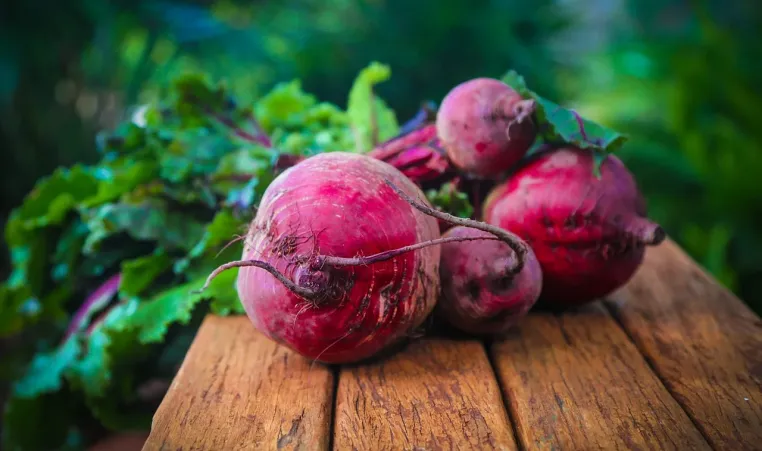Gut Health - The SECOND Inside Scoop

The Power of Probiotics
Gut Health - we often hear this in today’s world. Sound familiar? You may remember this opening statement from my last blog, as there is another key component to talk about for the gut. Here is a brief recap:
The gut is where most of our food is digested and turned into energy. Millions of little microorganisms make up our gut microbiome, and are all living within our gut to help with the digestion processes. Prebiotics, the topic of discussion of the previous blog, are a portion of plant based foods that help feed these bacteria to continue to help our bodies live a happy and healthy life. However, prebiotics are just one piece of the puzzle.
Probiotics, living microorganisms, are another key component as they are part of our microbiome. Probiotics help prevent bowel diseases and can help alleviate symptoms of those who have an existing bowel disease such as ulcerative colitis. They also assist in immune health, help digest food, and they may even help lower cholesterol. For those who love to travel, they can also help a bad case of traveler's diarrhea.
I often hear the question: “Do I need to have prebiotic foods before or with probiotic foods for the benefits?” My answer is, if you’re eating a variety of fruits, veggies, and whole grains throughout the day, you’re already having prebiotics first! But overall, no, combining the two is not needed. That being said, it doesn’t hurt to start off strong with a breakfast rich in prebiotics such as oatmeal with berries and a banana.
I will say, probiotics are trickier than prebiotics to include in a whole food diet. The key to remember about probiotics is they are killed with heat, which halts benefits they may offer. A good example is sourdough bread: live bacteria are in what is called “the starter” for the bread. Can you guess what happens next? Once the baking process starts, most of the live bacteria do not survive the process.
For this reason, our best bet to get probiotics from food is to choose foods that are not treated with heat and/or the cultures are added AFTER the heating process. The best examples are homemade or store bought yogurt (labeled that it contains probiotics) and homemade or small batch fermented vegetables (sauerkraut is a common one). Common probiotic rich yogurt brands include Fage, Chobani, and Siggi’s.
For veggies, the large commercial brands may be treated with heat during the jarring or canning process. Again, killing the live bacteria. Look for keywords and phrases on store bought such as “lactic acid fermentation”, “unpasteurized”, or “fermented”.
Pickles are commonly believed to be a probiotic food. However, they are often made with vinegar and/or sugar and not a fermentation process. When choosing pickles, look for brands that say “lab verified probiotic” or “fermented” in some form on the label.
Now, how can we add these to our day?
- Fermented veggies can go well on grilled cheese made on whole grain bread. Be sure to add the veggies after the cooking process to keep the probiotics alive and well.
- Sauerkraut can be served up at your next bbq as a side item or to add on a bbq sandwich.
- Start off your day with a bowl of yogurt with fresh fruit - great combo of both pre and probiotics! A single serving of a flavored yogurt can be great for a snack.
And there we have it - the power of the probiotic foods at its finest for a happy and healthy gut.
